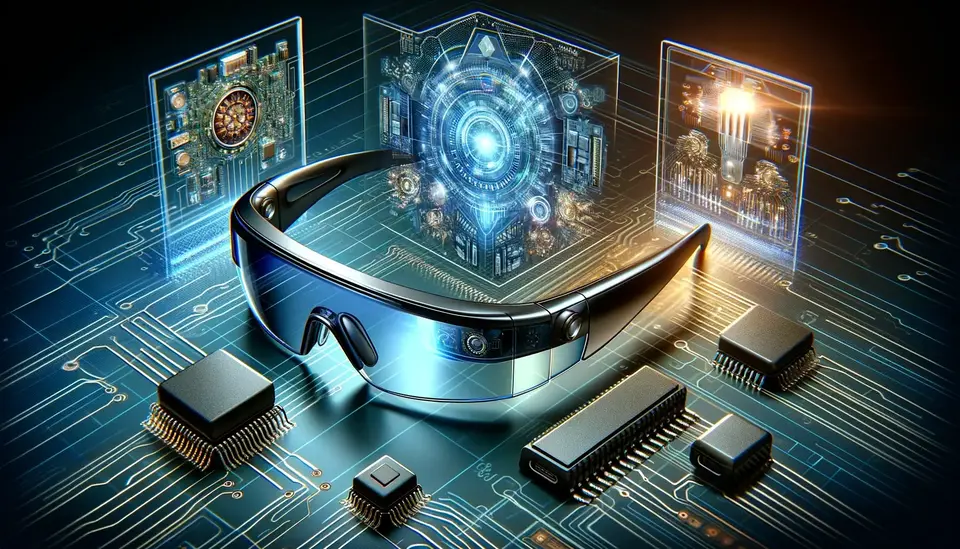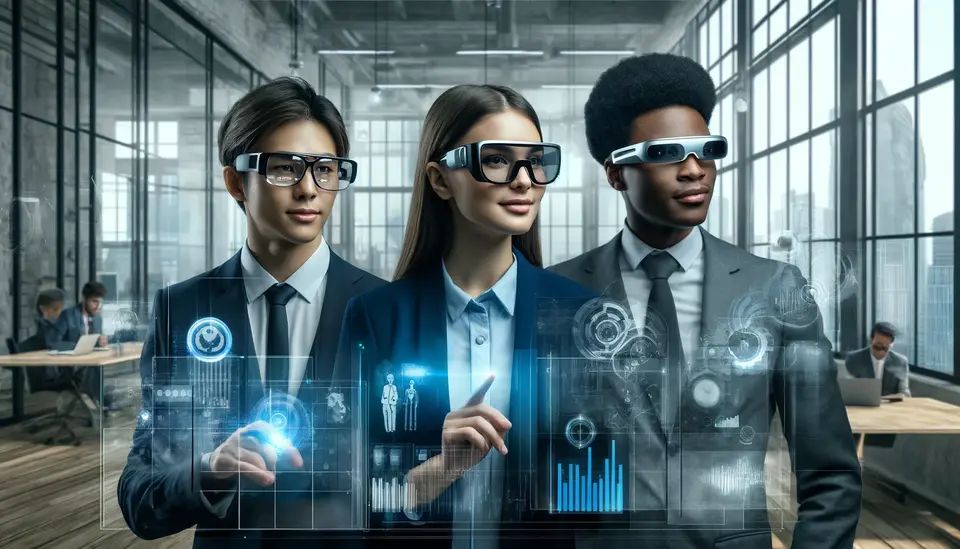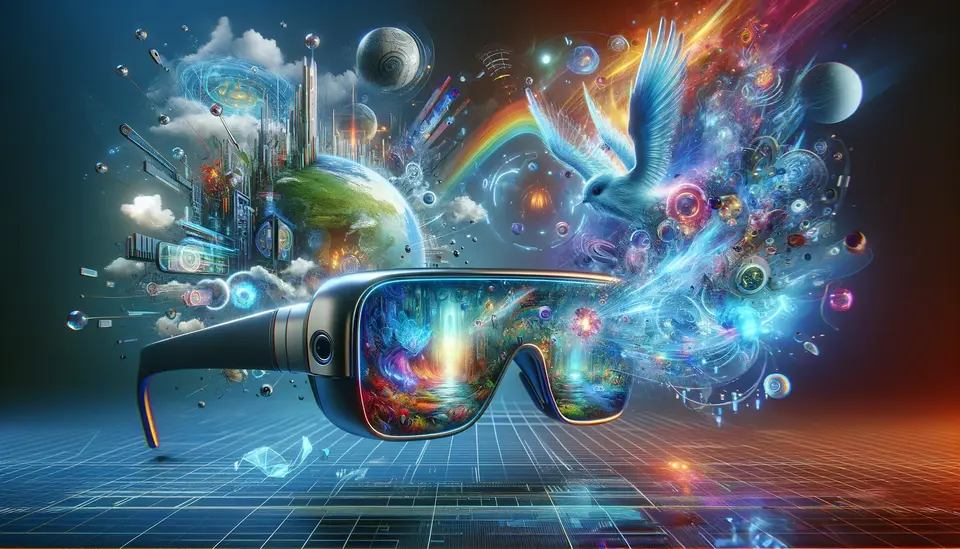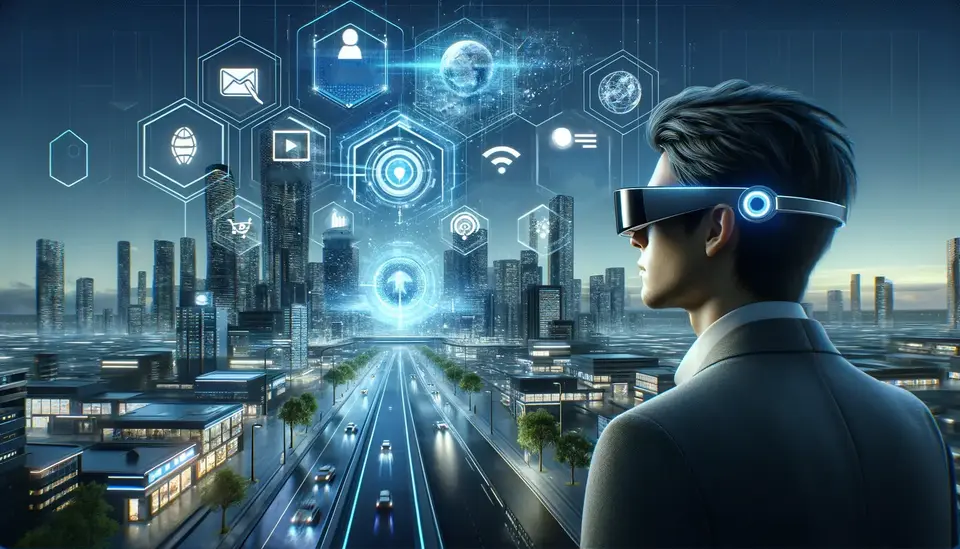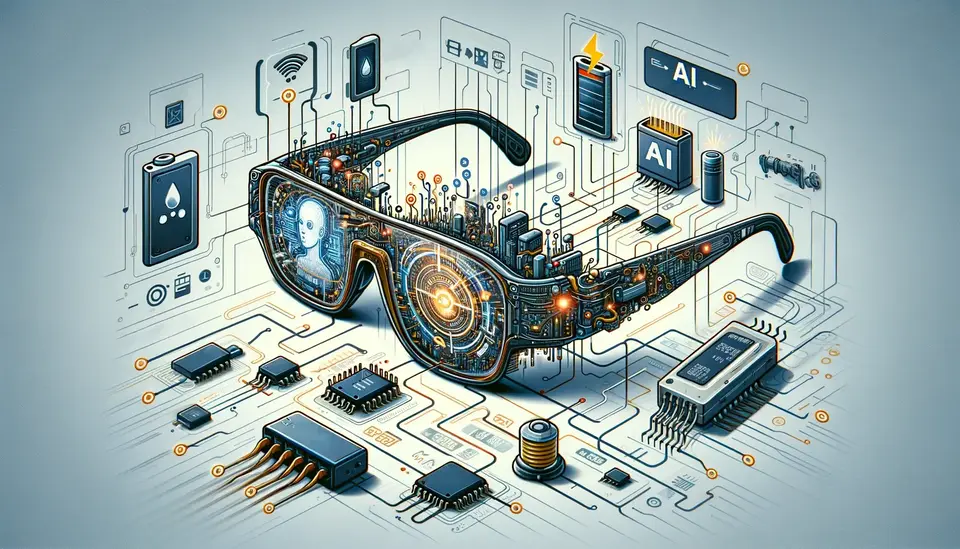The Brief History of Smart Glasses
Posted on January 29, 2024 8 minutes 1686 words
Table of contents
Introduction
In the ever-evolving landscape of technology, smart glasses stand out as a testament to human ingenuity and the relentless pursuit of innovation. These devices, which once seemed like a fantasy from science fiction, have now become a reality, continually blurring the lines between the digital and physical worlds. This blog post embarks on a journey through the history of smart glasses, tracing their ascent from early prototypes to advanced devices like Apple’s Vision Pro. Aimed at tech enthusiasts, industry professionals, students, and academics, this post seeks to provide a comprehensive yet accessible overview of the technological advancements, cultural impacts, and industry-specific developments in the world of smart glasses. Join us as we explore this fascinating narrative, where technology meets creativity, shaping the way we perceive and interact with our environment.
Early Developments
The genesis of smart glasses can be traced back to the late 20th century when the concept of wearable computing began to take shape. These early stages were marked by experimentation and a vision to seamlessly integrate digital information into the user’s field of vision. The initial prototypes were often cumbersome and rudimentary, far from the sleek designs we see today. They primarily focused on demonstrating the feasibility of wearable displays rather than user comfort or aesthetic appeal.
One of the earliest examples was the Virtual Vision Sport, released in the early 1990s, which displayed simple information overlays. However, these devices were limited by the technology of the time, offering basic functionality and often tethered to larger computer systems for processing power. Despite these limitations, these early models laid the foundation for what smart glasses could become, showcasing potential applications in fields ranging from military to personal entertainment.
It was not just the technology that was evolving but also the perception and anticipation surrounding wearable tech. Initially met with skepticism, the idea of integrating computing with daily life gradually gained traction among technologists and futurists. This period was crucial for setting the stage for more advanced developments, as it saw the convergence of improved miniaturization of electronics, advancements in display technology, and a growing interest in augmented reality.
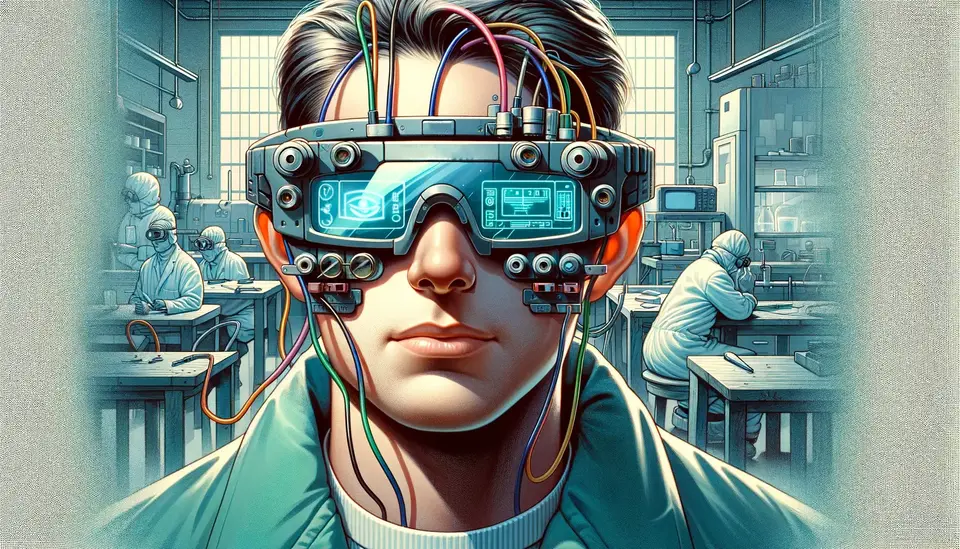
Major Milestones
The journey of smart glasses has been punctuated by several key milestones that have significantly advanced the technology and expanded its potential applications. One notable breakthrough was the introduction of Google Glass in 2013. Although not the first smart glasses, Google Glass played a pivotal role in bringing the concept into the public consciousness. It offered a heads-up display, voice commands, and the ability to take photos and videos, setting a new benchmark for wearable technology.
Following Google Glass, the market saw a variety of smart glasses catering to different needs. Some, like the Epson Moverio, focused on industrial and professional applications, offering robust features for hands-free operations. Others, such as the Microsoft HoloLens, introduced in 2016, ventured into the realm of mixed reality, combining elements of both AR and VR to provide immersive experiences for users.
A significant recent development in this field is Apple’s Vision Pro. As a state-of-the-art mixed reality headset, the Vision Pro represents a leap in wearable technology. It offers an immersive experience by seamlessly merging the real and digital worlds through advanced displays, spatial audio, and intuitive controls. The Vision Pro stands out with its three-dimensional interface, controlled using eye, hand, and voice interactions, redefining user engagement with technology.
These milestones not only demonstrate the technological evolution of smart glasses but also reflect the changing attitudes and expectations of users. From initial skepticism to widespread intrigue, the trajectory of smart glasses reveals a growing acceptance and enthusiasm for integrating digital augmentation into everyday life.
Technological Innovations
The evolution of smart glasses is a narrative of relentless technological innovation, marked by significant advancements in hardware, software, and user interface design. One of the core aspects of this evolution is the miniaturization of components. Early models were often bulky and impractical for everyday use, but over time, advancements in microelectronics have enabled the creation of lighter, more comfortable, and more powerful smart glasses.
Key hardware advancements include the development of smaller, more efficient batteries, high-resolution micro-displays, and sophisticated sensors. These components have been instrumental in enhancing the functionality of smart glasses while maintaining a form factor that is acceptable for regular use. The integration of augmented reality (AR) technology has been particularly transformative, allowing for the overlay of digital information onto the real world in a seamless and interactive manner.
Software innovation has been equally crucial. The move from basic operating systems to more sophisticated software has allowed for more complex and user-friendly applications. This shift is exemplified by devices like Apple’s Vision Pro, which boasts a three-dimensional interface controlled by eye, hand, and voice commands. This intuitive interaction model represents a significant departure from traditional input methods, offering a more natural and immersive user experience.
Furthermore, advancements in connectivity, such as the integration of 5G and Wi-Fi 6, have enabled faster and more reliable data transfer, enhancing the functionality of smart glasses in real-time applications. The incorporation of artificial intelligence and machine learning algorithms has also played a role in making smart glasses more responsive and adaptable to user needs and environments.
These technological innovations have not only made smart glasses more practical and user-friendly but have also expanded their potential applications, paving the way for new possibilities in personal, professional, and educational settings.
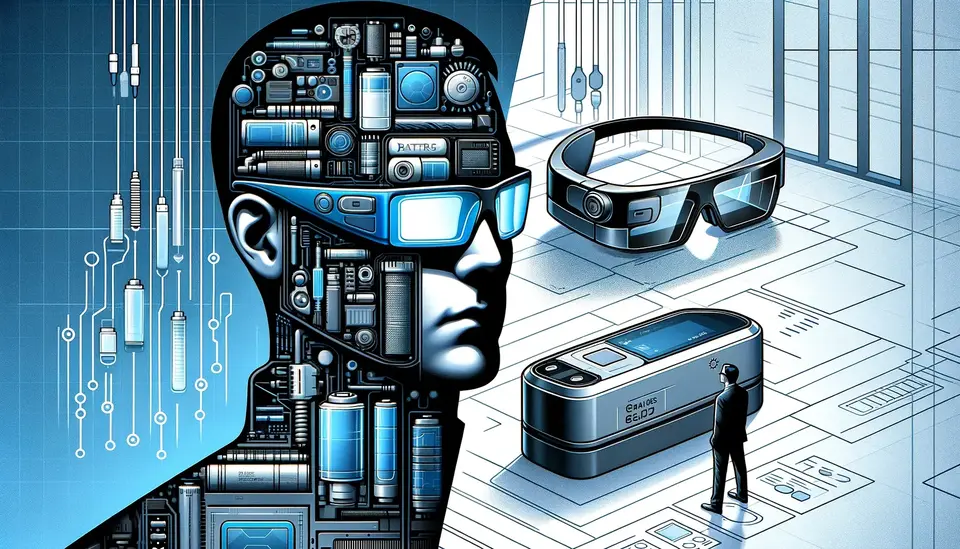
Cultural Impact and Media Representation
The cultural impact of smart glasses extends beyond their technological prowess, influencing societal perceptions and media representation. Initially met with curiosity and skepticism, smart glasses have gradually become a symbol of futuristic technology and innovation in popular culture. Films and TV shows often portray them as quintessential gadgets of a high-tech future, underscoring their potential to transform everyday life.
However, this journey has not been without controversy. Privacy concerns, particularly related to devices with recording capabilities like Google Glass, sparked debates about surveillance and the ethical implications of wearable technology. This led to a mixed public reception, with some embracing the technology’s potential, while others were wary of its implications for personal privacy.
The media’s portrayal of smart glasses has played a significant role in shaping public opinion. While often highlighting the innovative aspects of these devices, it also brought attention to the challenges and limitations, such as user comfort, social acceptance, and potential misuse. As a result, the narrative around smart glasses has been a balancing act between celebrating technological advancement and cautioning about its societal impact.
This duality reflects the broader conversation about the integration of advanced technology into our daily lives, a theme that continues to evolve as new models like Apple’s Vision Pro enter the market, promising enhanced experiences while also raising new questions about technology’s role in society.
Industry-Specific Developments
Smart glasses have found diverse applications across various industries, demonstrating their versatility beyond personal use. In healthcare, for example, they are revolutionizing the way medical professionals access information and interact with patients. Surgeons use smart glasses for hands-free access to medical records and imaging during procedures, enhancing precision and efficiency.
In the field of engineering and construction, smart glasses facilitate on-site project management and real-time collaboration. Workers can access blueprints, conduct virtual inspections, and receive remote expert guidance, improving safety and productivity. The entertainment industry has also embraced smart glasses, offering immersive experiences that blend the physical and digital worlds. This technology enables new forms of storytelling and audience engagement, transforming how content is created and consumed.
The retail sector is experimenting with smart glasses to enhance customer service and shopping experiences. Sales personnel equipped with smart glasses can access inventory data and product information hands-free, providing better service to customers.
Furthermore, education and training have benefited from smart glasses. They enable interactive learning experiences, allowing students to explore complex concepts through augmented reality simulations. This hands-on approach to learning is proving invaluable in fields where practical experience is crucial.
As technology like Apple’s Vision Pro continues to evolve, its applications across these and other industries are likely to expand, offering innovative solutions to longstanding challenges and opening up new opportunities for growth and development.
Future Outlook and Potential Developments
The future of smart glasses is poised at an exciting juncture, with technological advancements hinting at even more revolutionary changes ahead. The ongoing miniaturization of electronics and improvements in battery technology are expected to yield even more lightweight and comfortable designs, making smart glasses more appealing for everyday use.
Augmented reality (AR) is set to play a pivotal role in future developments. As AR technology becomes more advanced, we can anticipate smart glasses offering increasingly immersive experiences, with seamless integration of digital information into the real world. This will not only enhance personal entertainment but also provide practical, real-time information in various professional contexts.
Artificial intelligence (AI) and machine learning will further refine the user experience, enabling smart glasses to provide personalized content and interactions based on the user’s preferences, habits, and surroundings. The integration of AI could lead to smarter, context-aware applications that anticipate the user’s needs.
Moreover, as 5G technology becomes more widespread, the increased connectivity and speed will allow for more complex and interactive AR experiences, including real-time data processing and enhanced virtual collaboration.
Devices like Apple’s Vision Pro represent the current zenith in smart glasses technology, but they are just the beginning. The potential for smart glasses to transform our interaction with the digital world is immense, and the coming years are likely to witness groundbreaking innovations that will redefine the boundaries of technology and human experience.
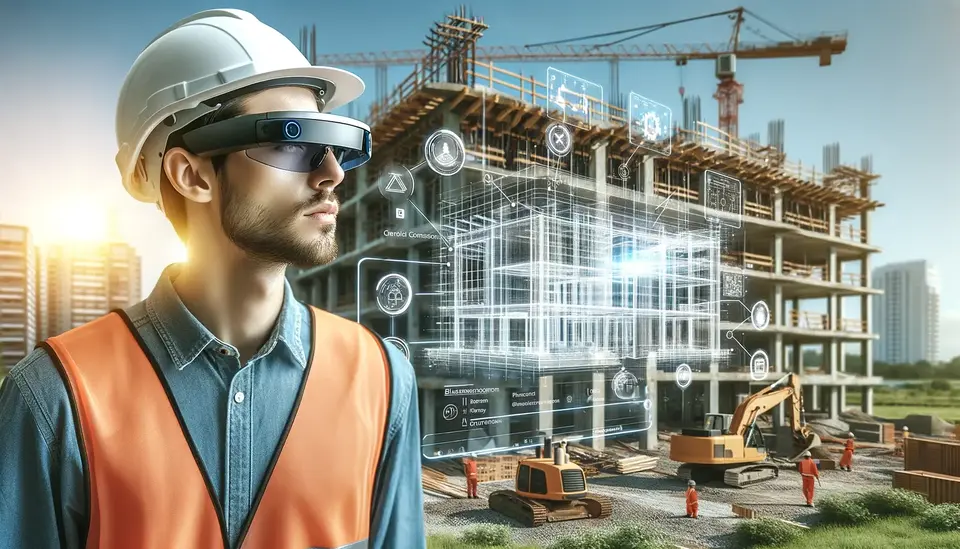
Conclusion
The journey of smart glasses from rudimentary prototypes to sophisticated devices like Apple’s Vision Pro encapsulates a remarkable chapter in technological evolution. This history not only reflects the strides made in wearable technology but also underscores the dynamic relationship between innovation, society, and industry. As we look towards a future brimming with potential, understanding the evolution of smart glasses helps us appreciate the convergence of technology and human experience. It’s a story of continuous advancement, promising to redefine our interaction with the world in ways we are only beginning to imagine.

